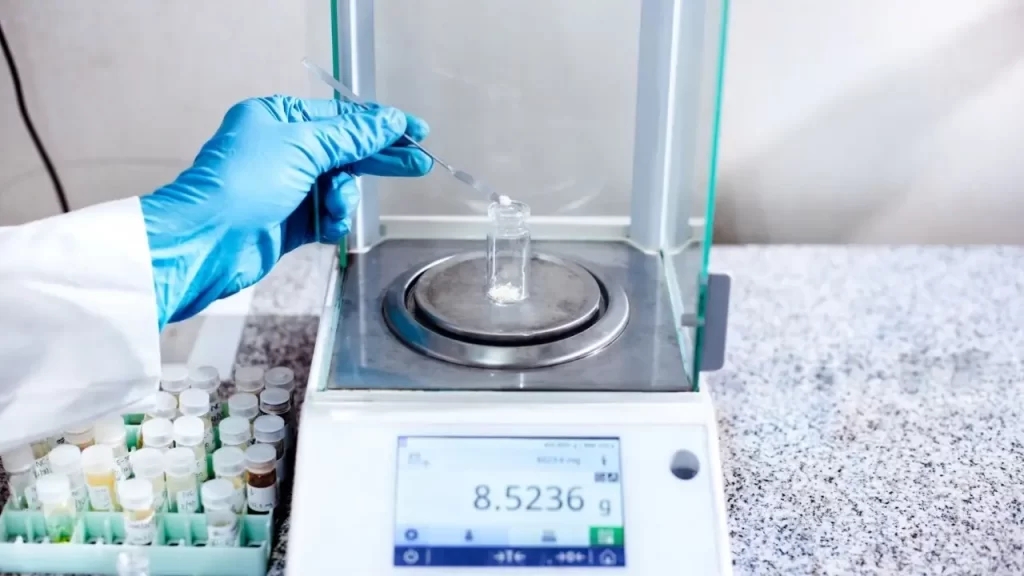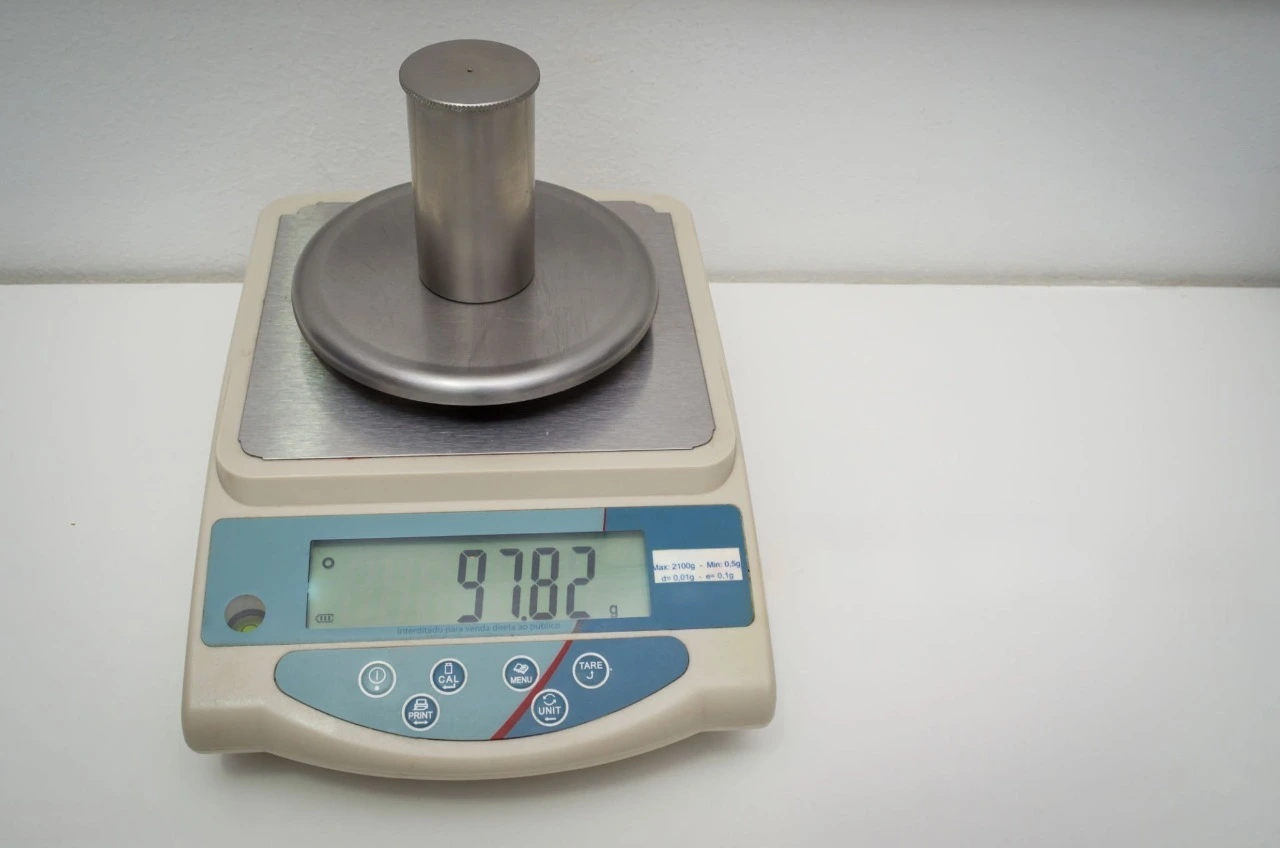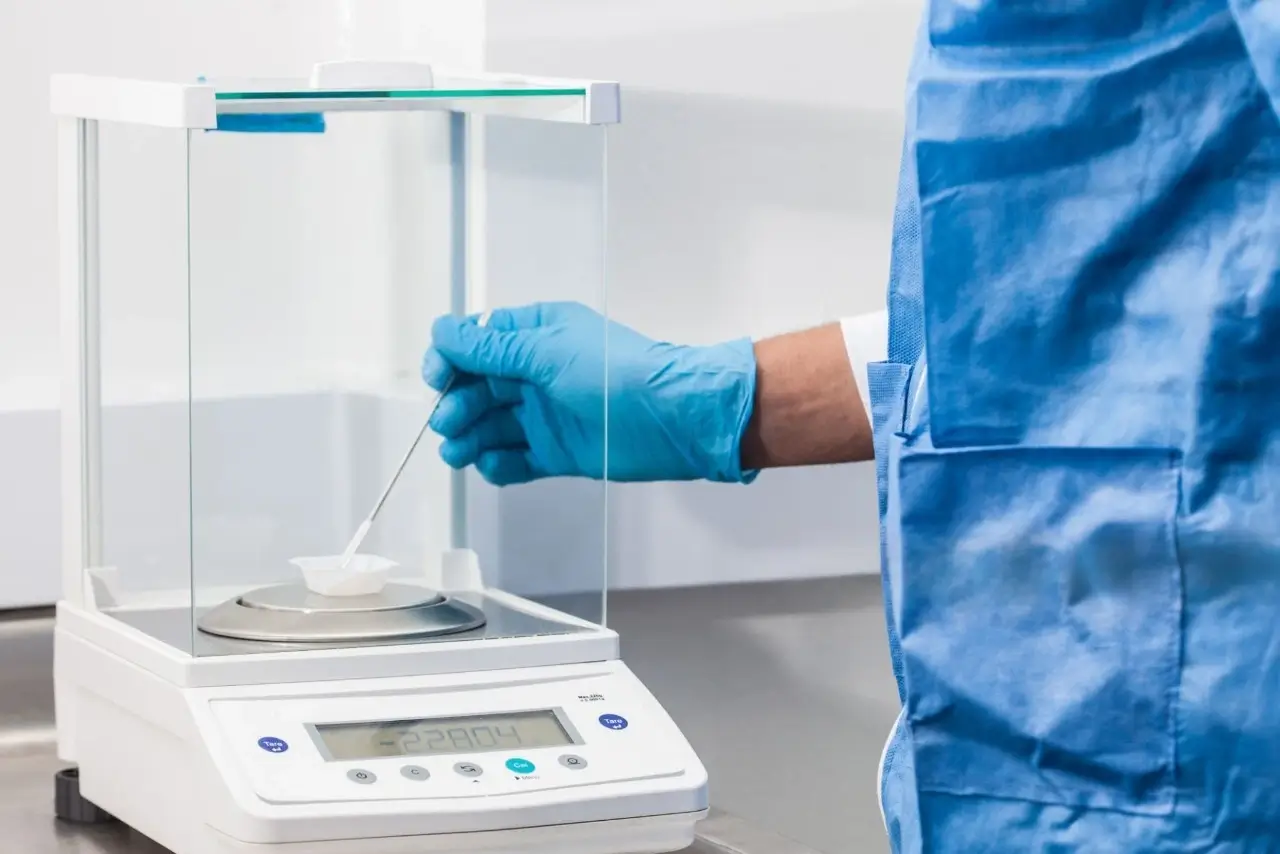Precision That Matters: Beyond a Simple Scale
A digital weighing balance is a precision instrument engineered to measure mass with remarkable accuracy, often down to the milligram. Unlike a typical kitchen scale, these advanced devices rely on sophisticated sensors to deliver stable, reliable, and highly precise measurements. This unparalleled accuracy sets them apart, making them essential in professional settings where even the smallest measurement error can lead to significant consequences.

Why Choose a High-Precision Digital Weighing Balance?
Unmatched Accuracy
The hallmark of a digital weighing balance is its ability to measure minute quantities with precision. This is critical for scientific, industrial, and specialized applications where consistency and repeatability are non-negotiable.
Dependable Performance
High-quality digital balances are built for reliability. They deliver consistent results, reducing human error and ensuring every measurement is trustworthy.
Versatile Functionality
Beyond basic weighing, these instruments offer features like unit conversions, parts counting, and data ports (such as USB or RS232) for seamless integration into complex workflows. This versatility makes them indispensable across diverse industries.
Key Applications of High-Precision Digital Weighing Balances
1. Scientific Research and Laboratories
In labs, digital weighing balances are foundational tools. Accurate mass measurement is critical for chemistry, biology, and physics, supporting everything from basic experiments to groundbreaking discoveries.
- Examples: Researchers weigh chemical reagents for solutions, prepare samples for analytical testing, or formulate compounds with exact ratios.
- Key Feature: A draft shield—a protective glass enclosure—guards small samples against air currents and vibrations, ensuring stable, reliable readings essential for credible results.
2. Pharmaceutical and Medical Industries
In pharmaceuticals, precision is a matter of patient safety. These balances ensure the accuracy and consistency of medicines.
- Examples: They measure Active Pharmaceutical Ingredients (APIs), verify consistent dosages in capsules and tablets, and perform rigorous quality checks on finished drugs.
- Key Feature: These instruments support metrology and calibration in regulated labs, helping companies comply with strict standards like those set by the FDA.
3. Jewelry and Precious Metals
The value of gold, diamonds, and other precious materials hinges on their weight. High-precision balances ensure fair and accurate transactions.
- Examples: Jewelers weigh loose gemstones, measure gold grains for sale, or verify the weight of rare coins.
- Key Feature: Specialized units like carats (ct) and vibration-resistant designs enhance accuracy for delicate measurements.
4. Quality Control in Manufacturing
Consistency defines high-quality products. Digital weighing balances ensure every batch meets exact specifications, minimizing waste and upholding brand reputation.
- Examples: Manufacturers weigh small electronic components, measure pigments for paints, or dispense seasonings in food production.
- Key Feature: The parts counting function allows users to quickly calculate the number of items in a batch based on a single item’s weight, saving time and effort.
5. Food and Beverage Production
Precision is key to consistent flavor and quality in gourmet food, craft coffee, or beverage creation.
- Examples: Baristas weigh coffee beans and water for the perfect brew, while chefs measure spice blends or flavorings for sauces and spirits.
- Function: These balances enable micro-adjustments to recipes, ensuring every product meets high standards.
6. Education and Academia
Digital weighing balances are staples in science classrooms, offering students hands-on experience with mass measurement and quantitative analysis.
- Examples: They’re used in high school, college, and university labs for chemistry experiments, materials science projects, or physics demonstrations.
- Key Feature: These tools provide a practical way to teach essential skills for aspiring scientists and engineers.
7. Forensic Science
In forensics, every detail matters. High-precision balances analyze trace evidence with extreme accuracy.
- Examples: They weigh drug residue, soil, fiber samples, or gunshot residue to support casework.
- Key Feature: The ability to measure micrograms or milligrams is vital when evidence is scarce.
8. Cosmetics and Fragrances
Formulating cosmetics, skincare, or fragrances demands precise measurement of ingredients like pigments and essential oils to ensure product consistency.
- Examples: Formulators weigh pigments for eyeshadow, measure essential oils for perfumes, or create serums with precise active compound concentrations.
- Key Feature: High precision ensures formulas are replicable and maintain quality across production batches.
9. Specialty Hobbies and Crafts
For dedicated hobbyists, a high-precision balance is key to professional-grade results.
- Examples: Crafters measure epoxy resin for casting, create custom paint mixes for models, or formulate glues for intricate projects.
- Key Feature: Accurate measurement of small quantities ensures compounds and mixes perform as intended.
How to Use a Digital Weighing Balance Effectively
To achieve accurate and reliable results, follow these best practices:
- Placement: Set the balance on a level, stable, vibration-free surface to ensure precise readings.
- Calibration: Regularly calibrate with certified weights to maintain measurement accuracy over time.
- Tare Function: Place an empty container on the balance and press the “tare” button to zero out its weight, ensuring you measure only the sample’s mass.
- Maintenance: Keep the weighing platform clean and free of dust or residue to prevent cross-contamination and ensure sensor accuracy.
Choosing the Right Digital Weighing Balance
Selecting the ideal balance requires careful consideration:
Capacity vs. Readability
The trade-off between capacity (maximum weight) and readability (smallest detectable mass) is critical. A balance with high readability (e.g., 0.1 mg) typically has a lower capacity, while a higher-capacity model (e.g., 2000 g) may have lower readability. Choose based on your typical sample sizes.
Essential Features
Prioritize features that streamline your work, such as draft shields for high-precision tasks, data ports for integration, or modes like parts counting or formulation.
Certifications
For regulated industries, ensure the balance meets standards like OIML or NTEP for certified accuracy and legal-for-trade applications.
Conclusion
A digital weighing balance is more than a tool—it’s a cornerstone of precision and reliability across countless fields. From scientific breakthroughs to flawless product manufacturing, these instruments ensure accuracy where it matters most. Whether you’re formulating pharmaceuticals, crafting gourmet recipes, or analyzing forensic evidence, investing in a high-quality digital weighing balance, like those from SHINE, elevates your work’s accuracy and efficiency. Make every measurement count.




